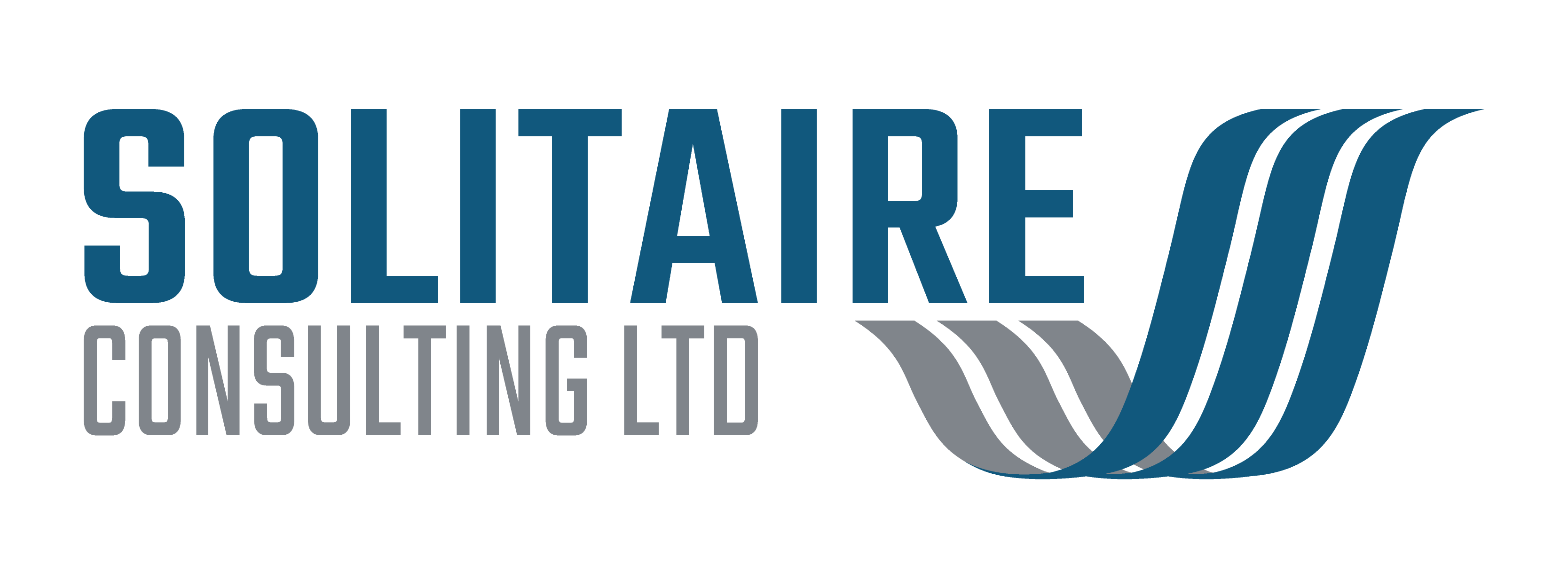In this final article in my series on Change Management I will discuss how you can best work with your technology provider to guarantee a successful systems implementation. For the purposes of this blog, I will use the offshore trust administration industry as an example, but the principles will apply to other industries as well.
In the today’s business environment we all rely on technology much more than we used to. In fact, we rely on technology to such an extent that we can’t do business without it – even for a short period of time. But how many of us still adopt a DIY approach to technology or at best keep our technology vendors at arm’s length from ‘the business’?
The trust industry is extremely complex – there are a lot of inter-dependent processes in managing corporate and trust structures as well as the potentially conflicting demands of clients and regulators. As the business and regulatory environments continue to develop they will inevitably get more complex (whoever heard of regulation being reduced or customers becoming less demanding?) and your technology needs to develop accordingly.
To achieve an optimum solution it is essential to develop a collaborative working relationship with your chosen supplier(s) and for these suppliers to adopt a similar approach with each other. These days it is unusual to have a single supplier delivering all your systems. We tend to prefer to use a ‘best of breed’ approach and use the integration features of most systems to link them together.
In my experience implementations are always much more effective when there is mutual understanding between the partners and we all work together to achieve a common goal. Yes, we still have formal contracts and service level agreements to underpin the relationship, but if we need to turn to these too often the collaboration is probably not working well enough.
Collaborative working relies on three fundamental principles:- communication , communication and communication (do you think that makes the point?). To be more specific we need to communicate to:
- Share information, creating a joint understanding of project objectives and expectations from each party,
- Build trust between client and vendor,
- Be kept informed of progress and issues during the project.
Whilst there is no substitute for face to face meetings and discussions the benefits of collaborative technology really helps to ensure that there is an ongoing dialogue between client and vendor even when working remotely. This is particularly helpful for smaller companies where the size of project doesn’t justify a full time vendor presence onsite. The use of social media and tools such as Google Groups, Basecamp and LinkedIn can help keep open dialogue throughout the project.
In my travels around the offshore industry I see many trust companies using different technology systems, but very few are using them to full advantage. I believe this is partly due to the DIY approach mentioned at the start. Keeping systems aligned with business process is an ongoing task and not something that is just done at the time of implementation.
Most business systems such are capable of being used in many different ways, so an ongoing collaborative relationship with the vendor can help ensure your system configuration is kept in tune with the business. One of the vendors I work with is Jobstream Group and this is one of the reasons they recently introduced their Health Check service. This is a free service and consists of a bi-annual review of how the client is using the software, including a report with recommendations. This will details how to obtain more value, by taking advantage of inbuilt functionality that you may not have been aware of.
I hope this series of short articles has been interesting, but it would be good to hear your feedback, after all that is what a collaborative relationship is all about.





